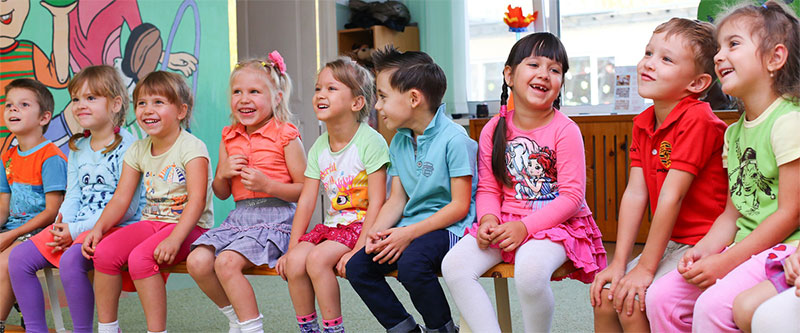The key elements of the Montessori Method of teaching

The wonders of the Montessori Method
The Montessori Method of education was developed by Dr Maria Montessori, based on her keen observations of how children learn in a carefully prepared environment when they are given the opportunity to educate themselves.
Even after a century after its creation, the Montessori method of education remains popular among teachers and children. Irrespective of the changes in national education systems around the world, the elements of the Montessori Method have remained relevant and have stood the test of time.
Respect the child
Respect for the child is the first principle, which has been the cornerstone of Montessori Method since its inception. This is the element where a child is given the freedom to select the material he wants to work with. When we respect the choice of the child without interrupting him, a positive environment for learning is created. “As a rule, however, we do not respect children. We try to force them to follow us without regard to their special needs. We are overbearing with them, and above all, rude; and then we expect them to be submissive and well-behaved, knowing all the time how strong their instinct of imitation is and how touching their faith in and admiration of us”, said Dr Maria. She believed that children have a strong instinct to imitate us. Hence, they must be taught with kindness if that is what we want them to reciprocate.
Absorbent mind of children
Dr Maria observed that young children are like sponges who have an incredible power of learning and absorbing from the world around them. She believed in the capability of children to educate themselves. “It may be said we acquire knowledge by using our minds; but the child absorbs knowledge directly into his psychic life. Simply by continuing to live, the child learns to speak his native tongue”. Children are born with an innate ability to learn that depends on their environment, experiences and interactions.
Sensitive period
It refers to that period of time when a child is immensely focused and his brain urges him to learn a particular skill or immerse in an experience. It can be recognised in situations like a child’s interest in repetitively doing the same task till he masters it. The Montessori programme provides a child with an extended period of activity without any interruption. As a result, children follow their interest and progress naturally. The role of a Montessori teacher is to carefully observe these periods and based on this, the child can be guided towards the material that is best suited to his interest and the stage of development.

Prepared environment
From her extensive research on the learning process of children and their development, Dr. Maria concluded that children learn best through independent learning in a prepared environment. The Montessori Method provides children with engaging activities and opportunities to learn and explore materials of their choice. The prepared environment in a Montessori preschool is focused at child-centred learning where educational experience and materials are available in a systematic way.
Autoeducation
Dr Maria believed that children have the ability to educate themselves when provided with a carefully prepared environment. When children are actively involved in a prepared environment with no interruptions, and a freedom of choice, they absorb and learn from their experiences. The role of the teacher is to facilitate the learning and guide the children without making her presence felt too much.
The children’s house is an excellent Montessori centre that has adhered to the Montessori method of teaching for more than 30 years and still believes in it. Founded in 1986 by Nan Civel, the organisation has held on to Dr Maria’s educational materials in five curriculum areas: Practical Life, Sensory Activities, Number Work, Language and Culture. The curriculum engages students in a wide range of activities and values required for the holistic development of the child.
The children’s house ensures that all the furniture and material is scaled down to the size of the child and the environment is completely child friendly. By engaging children in purposeful activities like Tots Arts, Tots Music, Tots Gym and Sensory Play, the school aims at physical, social, emotional and intellectual development of the child. The well-planned classrooms and lower teacher child ratio encourage optimal learning and ensure complete care and attention to your little one.
It also collaborates with the parents to help them understand and share the joy of their child’s progress. Apart from conducting parent-teacher meetings on a regular basis, The children’s house encourages the participation of parents in the learning journey of their children. Parents are invited to events like cultural day celebrations, annual events (such as festival celebrations) and parent involvement projects (planting of vegetables). The children’s house believes that parental engagement is an essential factor for the all round development of the child. It fosters love, care and an enriching environment of mutual respect for the growth and development of the child.